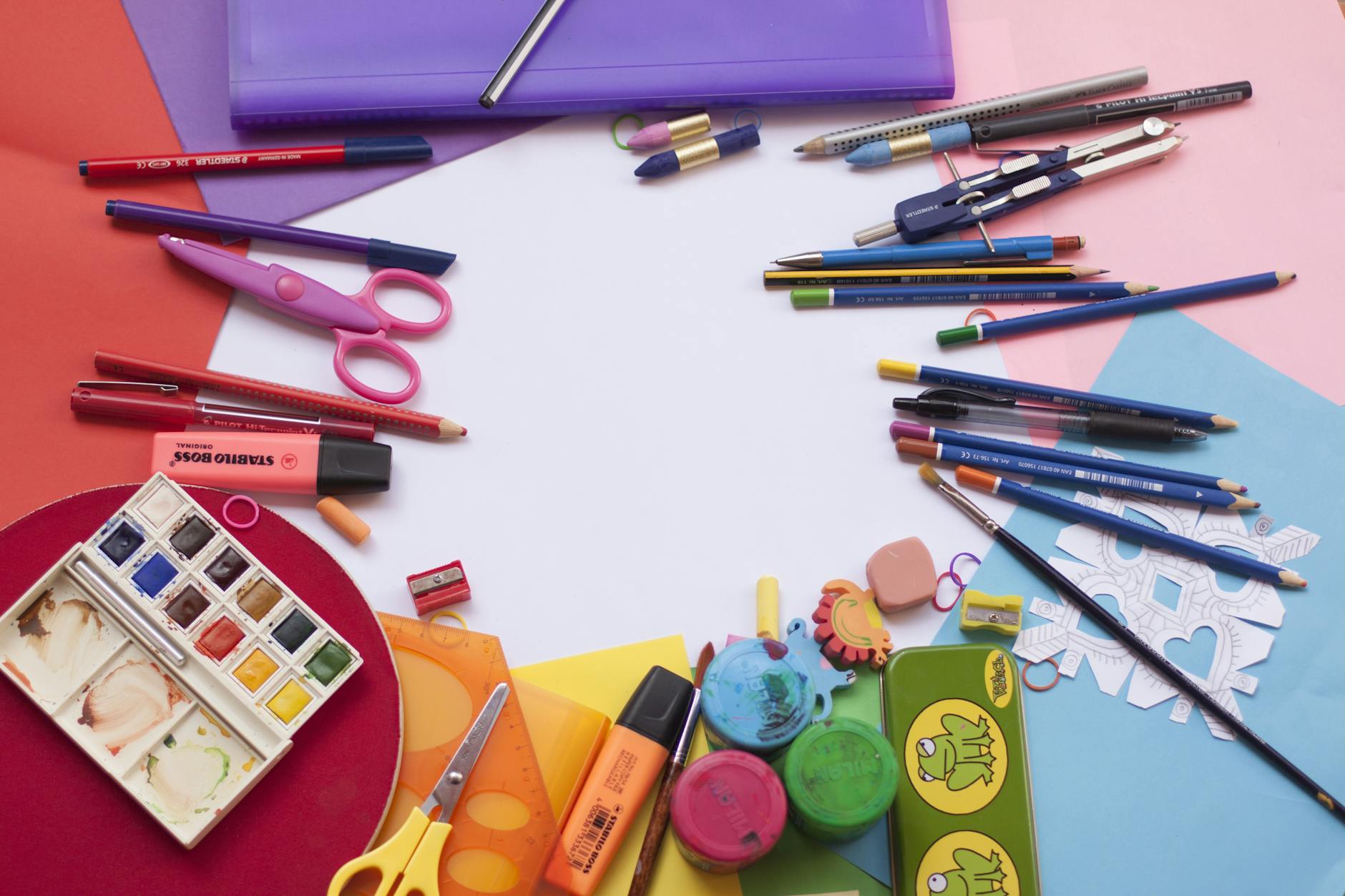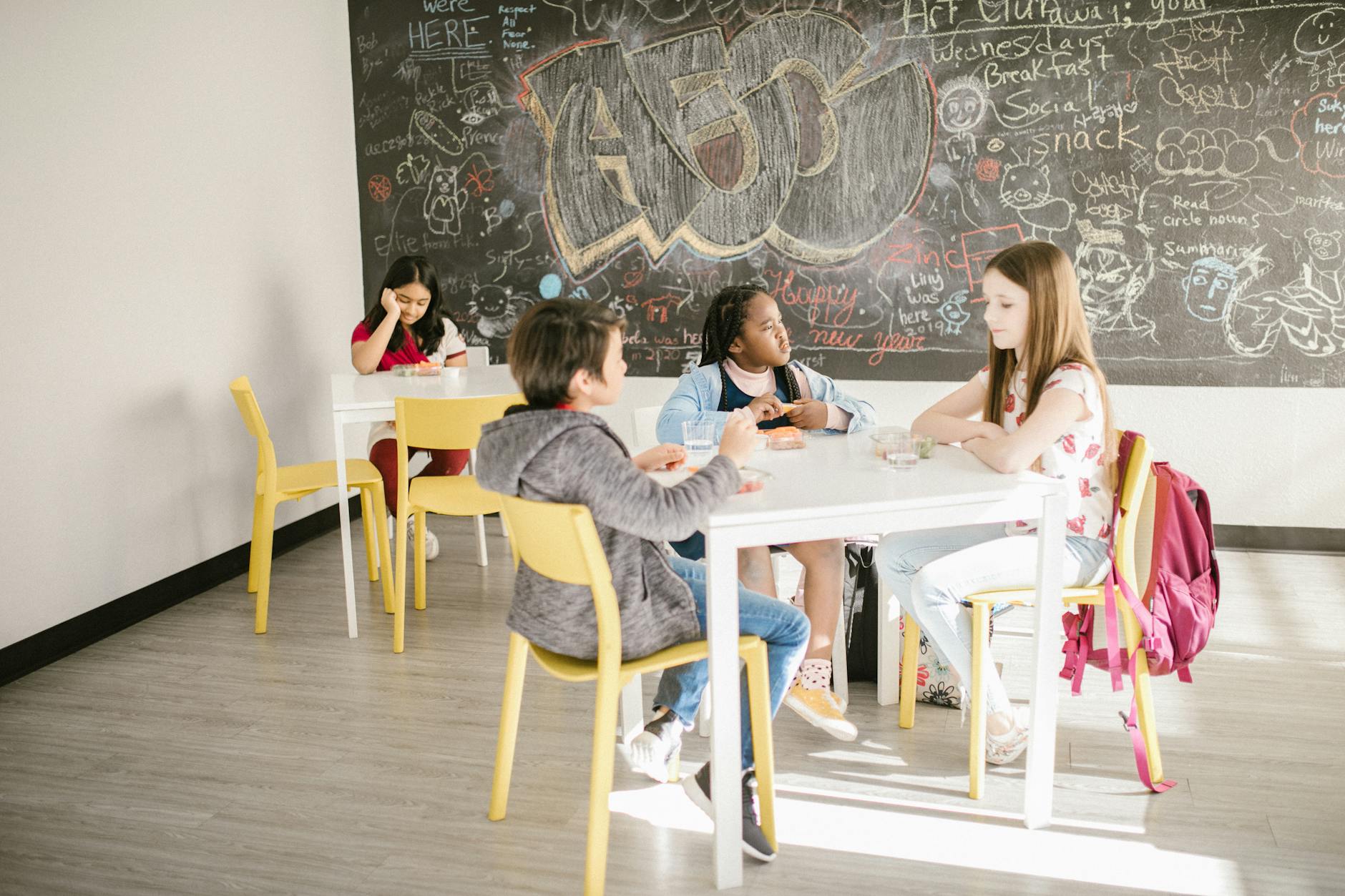Are Artistic Endeavors the Key to Culinary Innovation in the United Kingdom?

Examining Artistic Influence
As a makeup artist in the bustling heart of London, I find a striking parallel between the worlds of beauty and culinary arts. Just as cosmetics can transform a face, artists can breathe life into dishes with their creativity. When considering date ideas London, a visit to Selfridges on Oxford Street is a must. With its renowned cosmetics counters and vibrant beauty workshops, it's a wonderful reminder that art is all around us, waiting to inspire our next big idea.
The concept of gift experiences for couples encourages us to look for unique ways to connect. In the culinary scene, it's often about creating extraordinary compositions on a plate—much like how we blend unique colours and textures in makeup. Chefs craft their dishes like artists, using flavours and garnishes to convey a story or emotion. This approach to gastronomy allows for a sense of intimacy and connection - akin to when we meticulously choose the perfect foundation or lipstick for a loved one.
Meanwhile, considering the broader UK perspective, experience gift cards UK offer an invitation to dive into a world filled with innovative dining experiences. These experiences are comparable to the thrilling moments when trying a new beauty hack or product comparison—an opportunity for discovery and growth. Whether exploring new culinary landscapes at hidden gems or revisiting classic British dishes with a twist, creativity is at the core of these experiences, sparking joy and curiosity every step of the way.
Culinary Innovation Elements
Fusion Techniques
In the vibrant world of culinary innovation, fusion techniques have transformed the dining scene, blending distinct culinary traditions into cohesive and unique dishes. The fusion of flavours intensifies the gastronomic experience by intertwining global cuisines, creating rich, layered profiles. London's diverse food landscape, particularly emerging near the chic spas in Notting Hill, offers a plethora of fusion dining options that continually captivate the palates of locals and visitors alike.
Use of Unconventional Ingredients
Another pivot in culinary innovation is the incorporation of unconventional ingredients. Chefs are offering fresh perspectives by using things like edible flowers, insects, and algae, which not only elevate aesthetics but also add surprising textures and flavours. Incorporating these elements showcases a chef's creativity and often contributes to more sustainable dining practices. This trend echoes the adventurous spirit seen in London, where even a simple trip to luxury salons in Knightsbridge can offer inspiration for a new and unexpected dining experience.
Presentation and Dining Experience
Presentation is a key element, transforming a meal into an artful journey. Chefs are increasingly prioritising the visual aesthetics of a dish, crafting experiences that engage not just the taste buds but the eyes as well. This meticulous attention extends to the dining environment too, where atmosphere plays a critical role in the overall experience. Whether you're celebrating with intimate birthday ideas London or seeking innovative hen do ideas, the flourish of presentation remains an integral aspect of modern culinary expression.
Leading Creative Practices
Notable UK Restaurants
When I think of painting a culinary masterpiece, a vivid tapestry comes to mind showcasing the rich, diverse backgrounds of London's gastronomic scene. A similar spirit can be found in the ingenious work behind art classes London. Here, restaurants in Covent Garden recreate that magic in a culinary form. Places like The Ledbury and Dishoom transport diners not just through flavour, but visually, with plates that could easily be mistaken for a canvas creation. These establishments stand out by blending artistic techniques with culinary expertise.
Influential Chefs and Artists
The minds behind these mouthwatering dishes remind me of the meticulousness seen in painting classes London. Chefs like Heston Blumenthal and Jamie Oliver are nothing short of artists, crafting meals that push both visual and flavour boundaries. They draw inspiration from traditional British culture and international trends to redefine what we expect on our plates.
Creative Culinary Events
London’s vibrant culture bursts forth in creative culinary events quite similar to those intended for self-expression through artwork. From The Taste of London festival in Regents Park to pop-up experiences like those by Bompas & Parr, it’s easy to see how they mirror the energetic pulse of activities near the beauty meccas in Knightsbridge. These events aren't just about tasting food; they are immersive experiences that transport visitors to new creative heights through innovative food presentations and exhilarating flavours.
Challenges in Culinary Arts
Balancing Art and Function
In the realm of culinary arts, maintaining the perfect balance between aesthetics and functionality is crucial. When chefs get creative, they must ensure a harmony between artistic presentation and practical aspects such as taste, nutrition, and ease of consumption. Think of it as achieving the allure of a couture gown from the cosmetics counters at Selfridges on Oxford Street while ensuring comfort and wearability.
Overcoming Consumer Expectations
Chefs often face the task of aligning their creative vision with consumer expectations, which are increasingly influenced by social media trends and viral sensations. People seek experiences akin to the beauty hacks discovered in luxury salons in Knightsbridge—unique, effective, and instantly gratifying. To cater to this, many chefs are now incorporating gift experiences for her into their dining offerings, transforming a simple dinner into an immersive and unforgettable event.
Navigating Resource Limitations
Resource limitations often challenge chefs in their culinary endeavours. High-quality ingredients, skilled staff, and adequate time are vital yet not always readily available. Despite these hurdles, innovation persists as chefs cleverly adapt to these constraints. Many are turning their kitchens into testing grounds for team building activities, fostering a collaborative atmosphere where teamwork inspires new creations. This adaptability can drive the culinary scene forward, even when resources are tight.
Unlocking Creative Culinary Experiences
Experiencing Gastronomy Creatively
As a lover of culinary creativity, I find it thrilling to explore the world of fusion cooking that blends diverse flavours from unexpected places, similar to the magic you might find at a cosmetics counter in Selfridges. Whether it's tasting an innovative dish that defies tradition or just delighting in the unique presentation akin to the chic displays of a luxury salon in Knightsbridge, there's something exhilarating about stepping outside the norm. A fabulous way to do this is by booking a table at one of London's leading inventive restaurants where dishes become conversations.
Encouraging Family Culinary Engagement
Cooking at home can transform into a dynamic family affair when you experiment with culinary art elements. Think of it as a beauty workshop in your own kitchen, akin to attending a masterclass in Notting Hill. To make it engaging, start with simple fusion recipes that incorporate local ingredients, giving everyone a taste of creative cooking. This invites endless discussion and bonding over each unique combination you dare to try.
Discover Local Innovations
Now, if you want to take this further, dive into the myriad of local culinary innovations right at your doorstep. From bustling food markets to pop-ups, these ventures are playgrounds for exploring unconventional food styling and unexpected gastronomic turns. Much like experimenting with a new makeup palette, venturing into these culinary spaces opens up a world of discovery. So, I encourage everyone to explore these neighbourhood jewels, as they can be bursting with inspiration and sizzling with creativity.


